The last few months I’ve been working on a very interesting project in class. Throughout our project, The Manhattan Project (Project). We were tasked with understanding the significance of the Manhattan Project and demonstrating it through conceptual art.
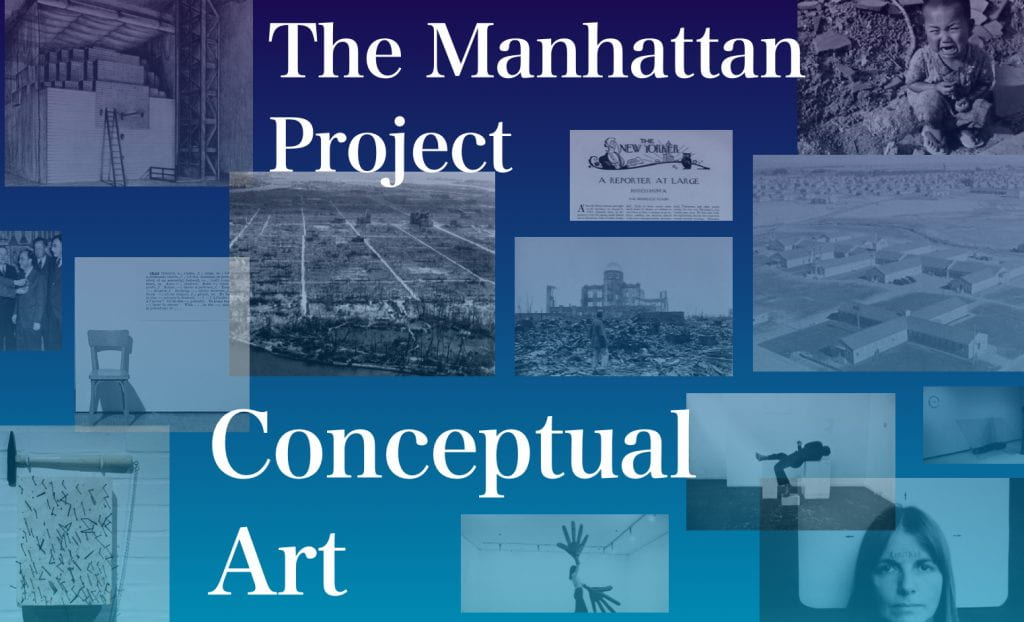
The Manhattan Project began in 1942.
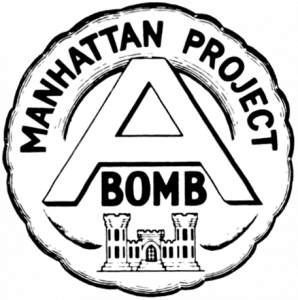
It was led by Major General Leslie Groves and physicist Robert Oppenheimer. The goal of the project was to create the very first atomic bomb, thus gaining an advantage during WW2. The top secret project employed 130,000 individuals and cost 2 billion dollars. All experiments and testing took place in America, in small military run towns known as the “secret cities”. Canada and the United Kingdom were additionally involved, providing resources for the creation of atomic weapons. Not long after the commencement of the project, the first nuclear weapon was successfully detonated during the Trinity test. Following the success of the atomic weapon, the American military planned to utilize it to defeat Japan. On August 6th 1945, a bomb equivalent to 15,000 tons of TNT was dropped in Hiroshima, Japan. Three days later a second bomb was dropped on Nagasaki. These bombings made the world aware of the power nuclear weapons held, launching our world into what became known as the “Atomic Era”
Want to learn more? Check out these interesting articles for more details about the Manhattan Project!
Japanese perspective: click here.
American perspective: click here.
What’s the Atomic Era?: click here.
Conceptual Art first gained popularity in the 1960s. Concept art is not meant to rely on visuals or appearance, but rather the idea within in the art.
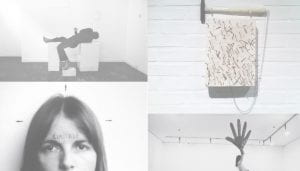
Conceptual art pieces should provoke feeling and thought from a viewer. Making them consider or understand the artists message through the art. Unlike other art forms, conceptual art can take any form. Visual, statue, performance, or song.
Some interesting conceptual artists to check out…
Yoko Ono: famous for her instruction pieces and protest art. Click here.
Duchamp: famous for creating “ready made” art. Click here.
Charlene Vickers: Local conceptual artist. Click here.
To create a conceptual art piece that demonstrated the effects of the Manhattan project, we had to begin by understanding what truly took place.
To learn more about the Manhattan project we did a lot of research and took a ton of notes. A source that inspired me was a podcast series we watched in class called “The Bomb”. It provided a lot of great facts and terminology, but also prompted me to consider the inner workings of the project and the effect the project had overtime.
The podcast was hosted by the granddaughter of an employee, the fact her grandfather’s involvement in the project was important to her, made me think more about the long lasting influence the project had. I additionally started to connect the Manhattan Project with other events in American history. For example the Cold War and the Space race, which I wrote about in a post a few months ago. I started to recognize how the project inspired and incited new events overtime.
At the beginning of this project I knew The Manhattan Project, and the creation of the first nuclear weapon was extremely significant. I was convinced it was important because of the tragedy and disaster it created in Japan.
What I didn’t originally understand was the effect it had on America and it’s allies. I was so in awe of the bomb itself, I didn’t realize the importance of the collaboration and secrecy used to create it.
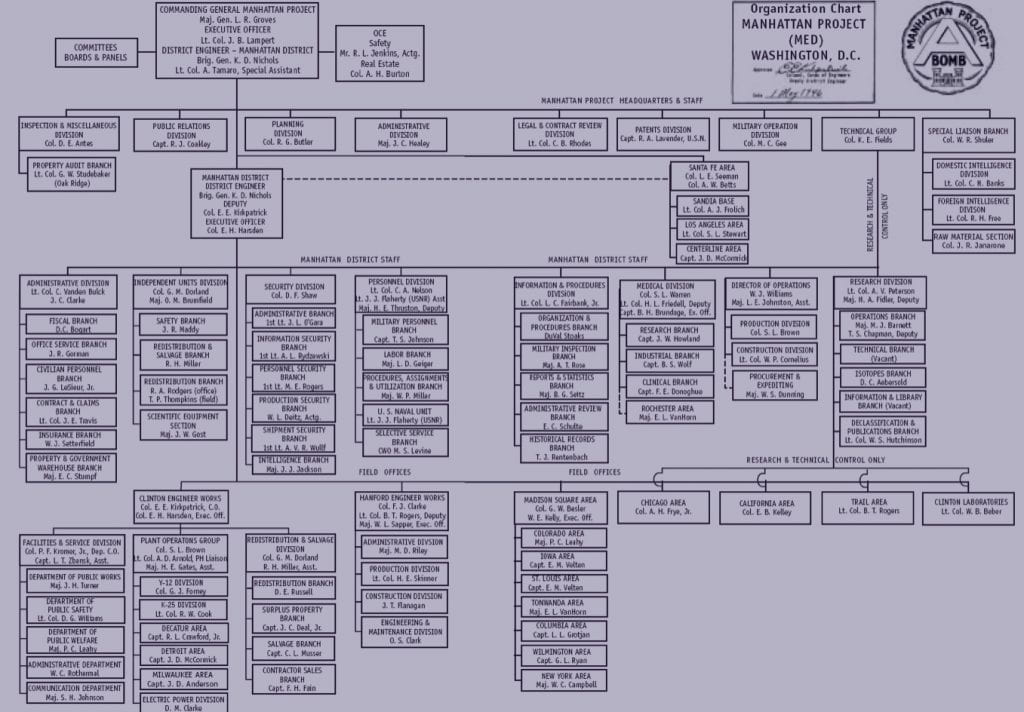
While there are so many different ways the Manhattan Project was significant, I intended to focus on the effect the Manhattan project had on Employees. As well as the impact the event had on government ran organizations and classified projects.
Making “the uniform.”

While creating my art “The Uniform” I tried my best to stick to that theme. I had chosen to focus on employees and the American perspective before visualizing my art, but had not decided on a proper idea, In my opinion this ended up being the biggest flaw in my art piece.
I had gotten too attached to my visual idea before I was able to decide on the true message of my art.
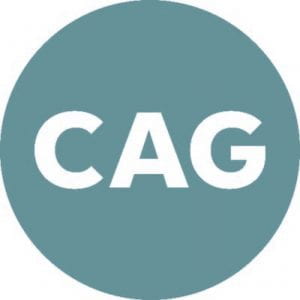
I first came up with the visual ideas for “The Uniform” while we were on a field trip visiting the Contemporary Art Gallery in Vancouver.
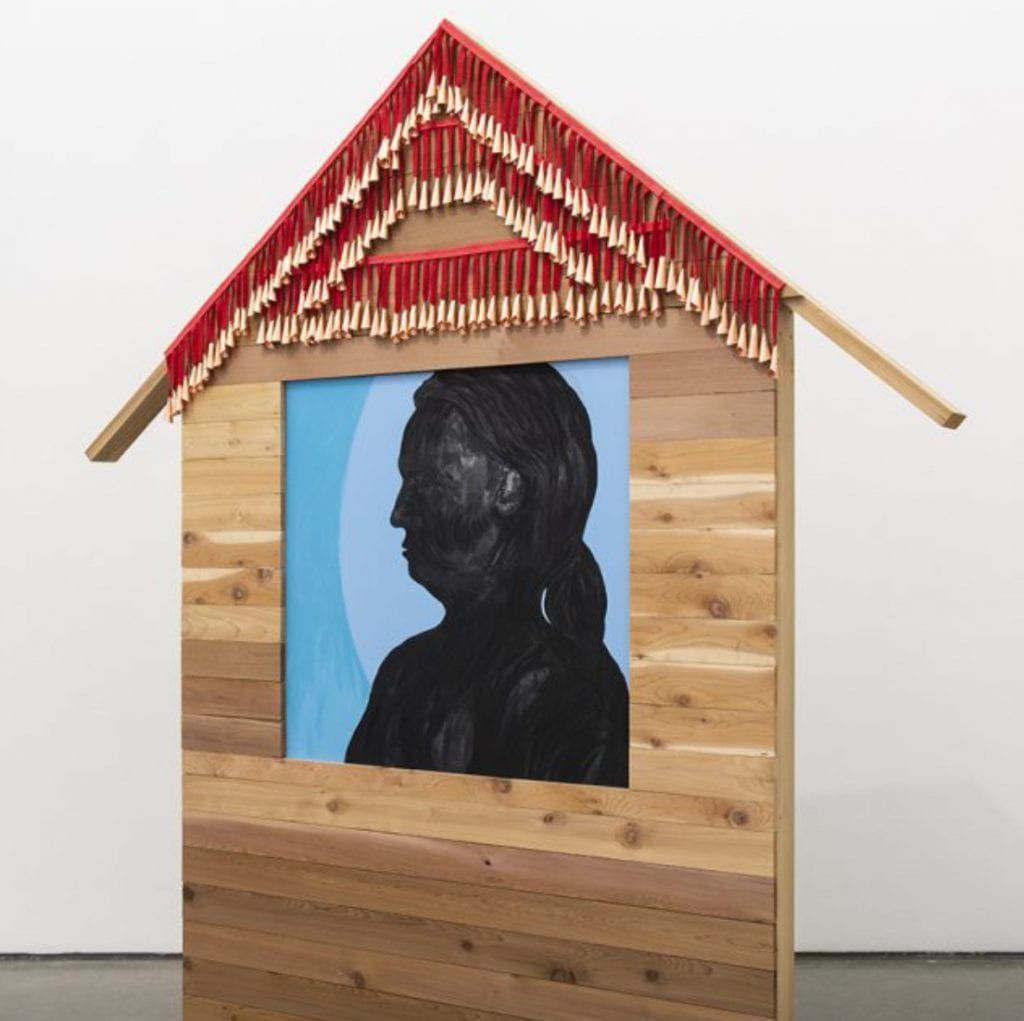
“The Jingle House” by Charlene Vickers, was a piece I found really interesting. I loved how many elements were included in her art. I could tell how each small piece of her art had a valuable meaning. The portion of her art that inspired me were the jingles. The layering at the top of the structure, really caught my eye. I decided I wanted to create similar layering in my art as well.
I specifically remember thinking that layering would look interesting on clothing. I thought creating an outfit or uniform would be different, and would separate my art from other pieces.
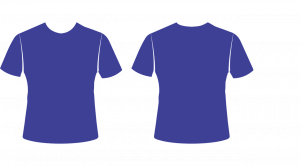
From that point I began to consider different ideas I could portray using my chosen medium. I tried to focus on what had drawn me to the American perspective and what I wanted my audience to understand or experience while viewing my art.
After coming up with a few unsuccessful ideas, I was inspired by a collection of articles I found on a website called Voices of the Manhattan Project. The website included multiple audio clips or videos, many of which featured employees of the Manhattan Project. There was a trend in the videos I watched, all the employees knew very little about the purpose of the Project.
As highlighted in this quote, the Manhattan Project was extremely controlled and secretive. Learning about how extreme the level of confidentiality was sparked my final idea.
My idea was, that the Manhattan Project couldn’t take place today. The secrets, rules and conditions that allowed the Project to function, could not be achieved at this time. I began to connect this idea with my art.
As I wrote in my artists Statement, paper was the main material I used. I created the layering I originally wanted to include, it ended up looking very interesting and made the shirt appear as though is was breaking or fraying. My art piece ended up depicting my idea very well, many aspects of my piece hinted towards the messages I wanted to share about the project and those working on it.
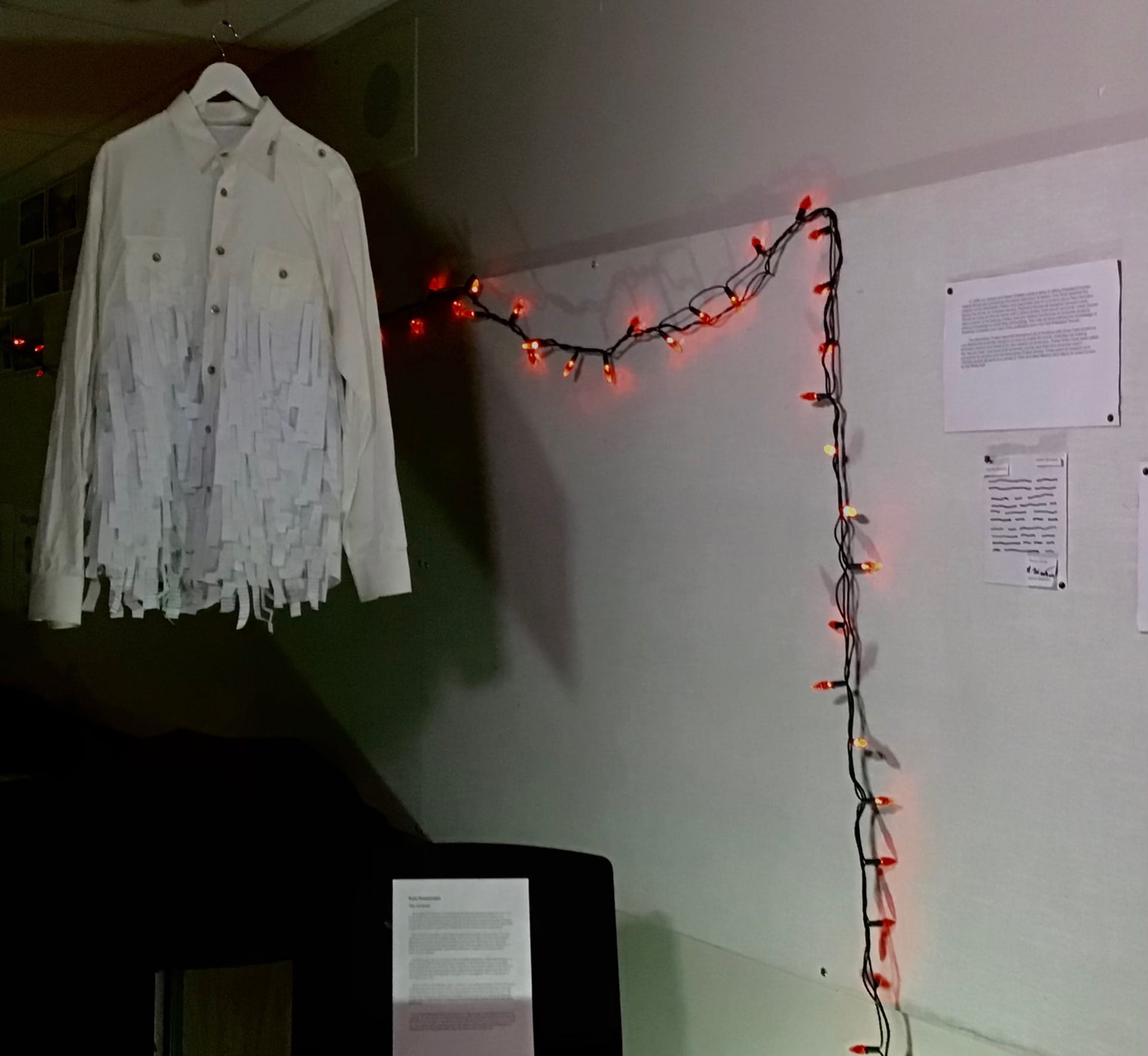
Although I’m proud of how my art turned out, I definitely think there are multiple ways I could’ve improved.

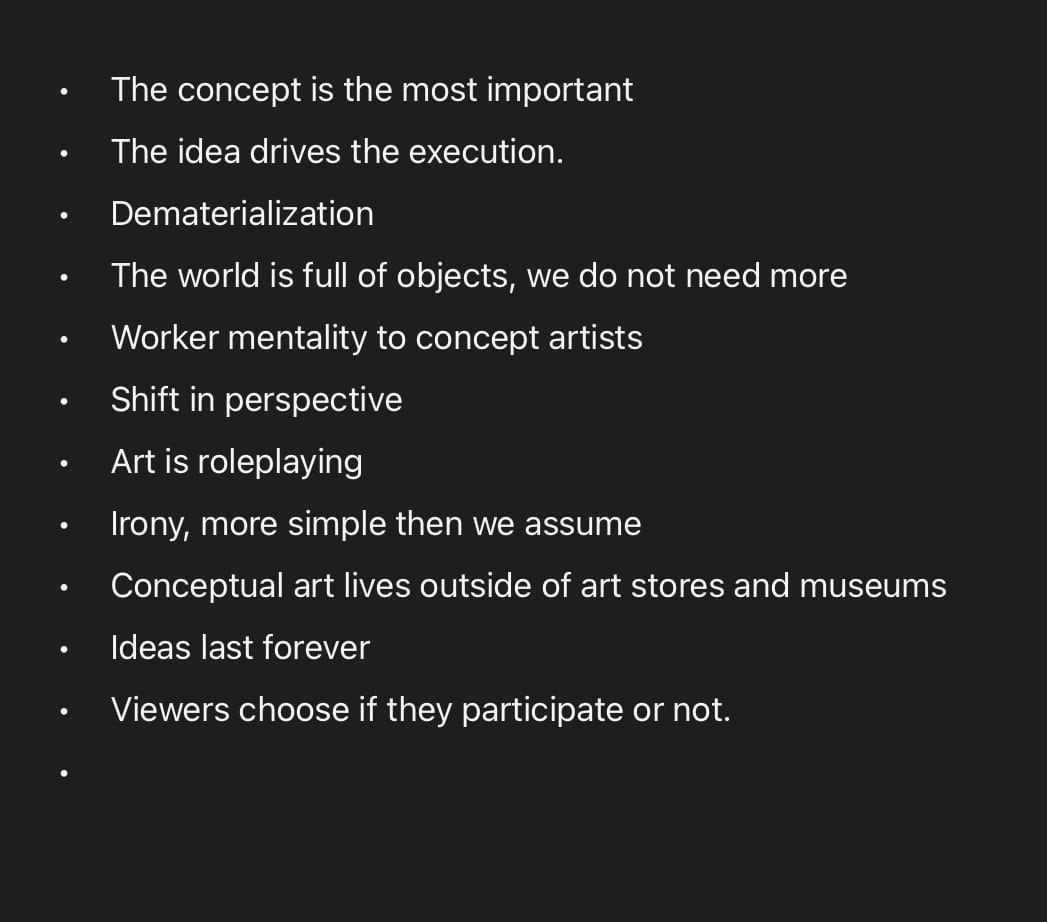
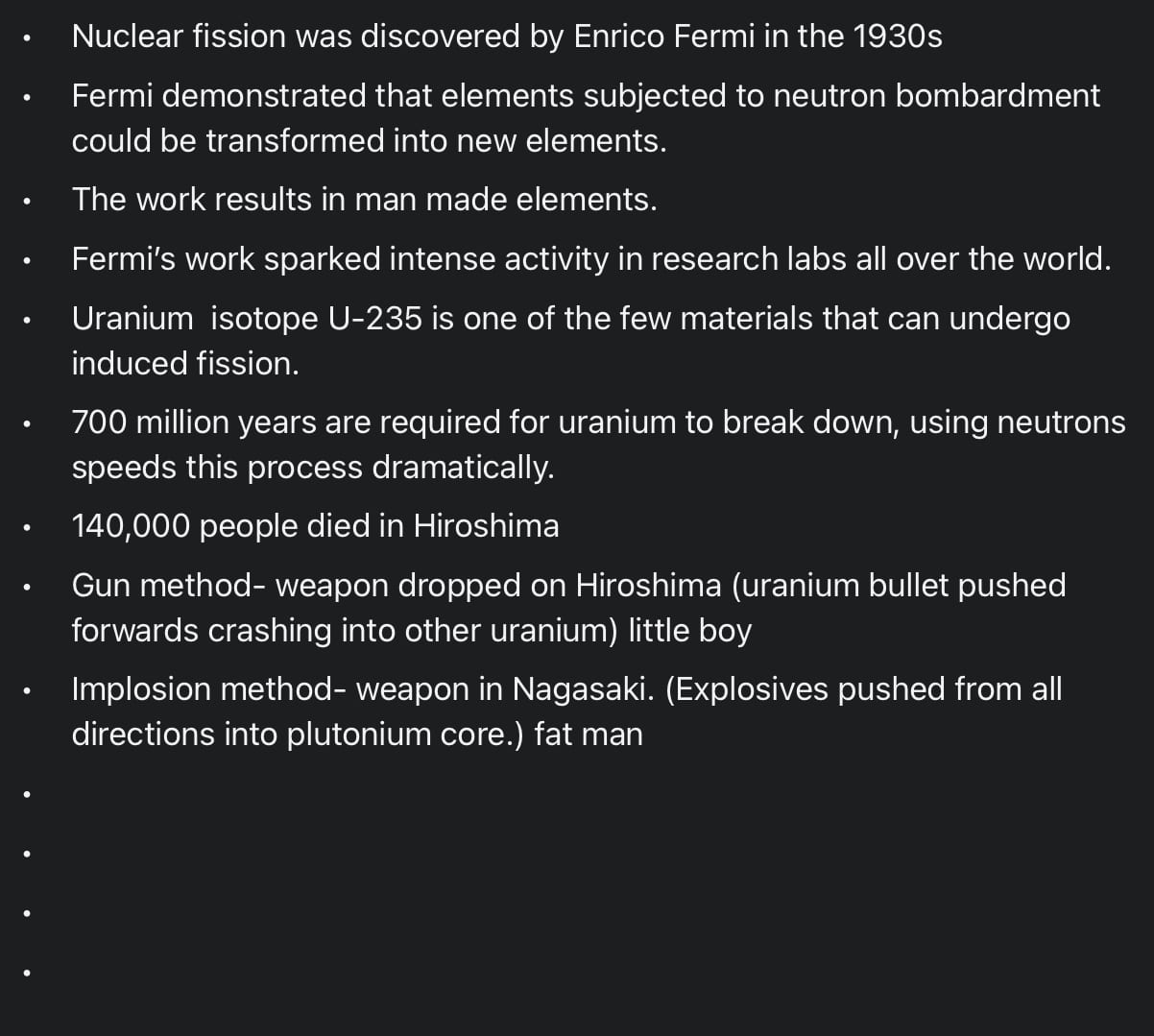
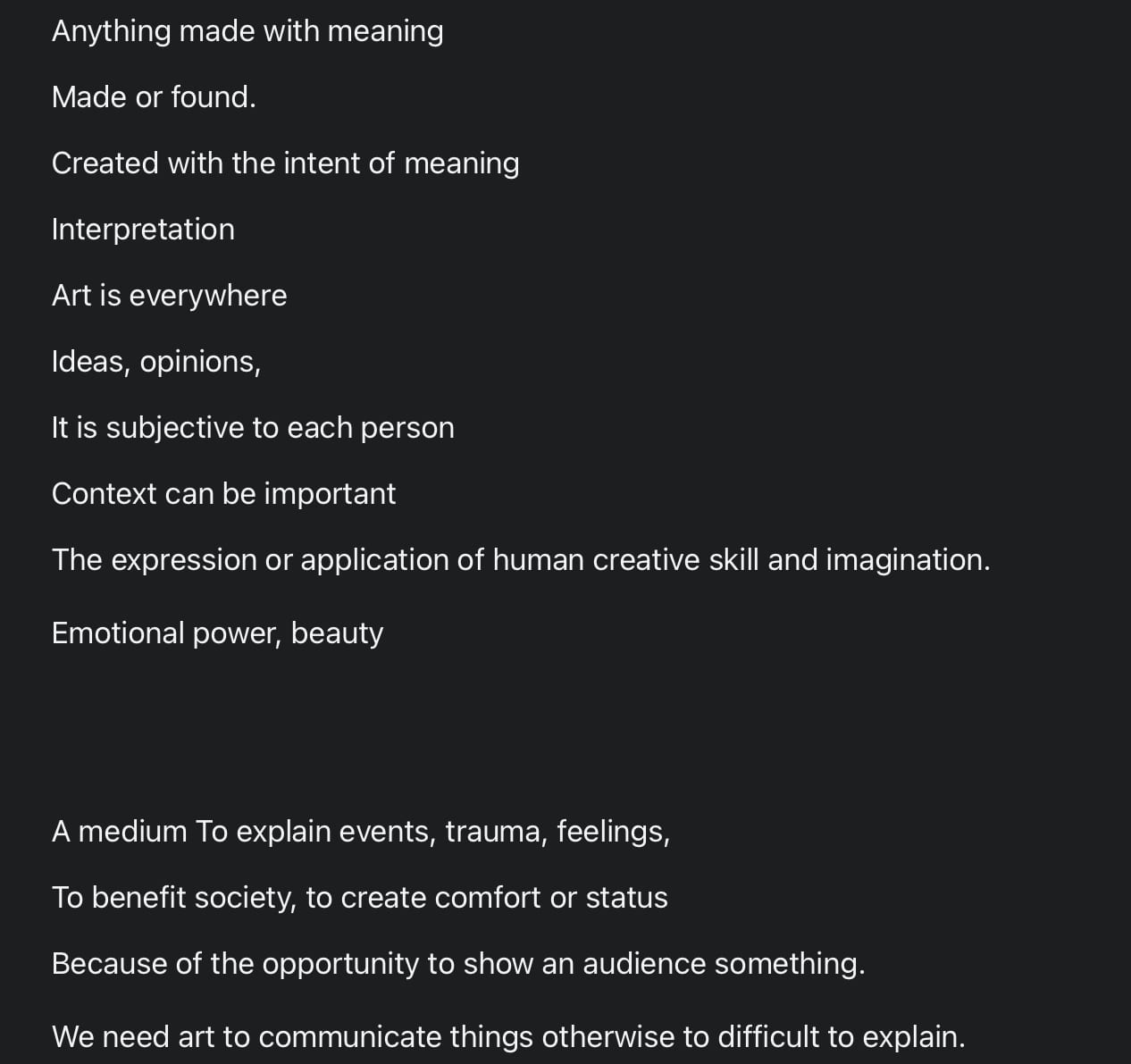

0 comments on “The Event That Changed Everything…” Add yours →